
Introduction
In today’s digital age, having an online store is essential for businesses aiming to expand their reach and increase revenue. Whether you’re a small business owner or an entrepreneur, building an e-commerce website can seem overwhelming. However, with the right approach, you can create a professional and fully functional online store that attracts customers and drives sales.
This comprehensive guide will walk you through the process of developing an e-commerce website from scratch, covering everything from choosing the right platform to launching and maintaining your store.
Step 1: Define Your Business Goals
Before jumping into website development, clearly define your business goals:
- What products or services will you sell?
- Who is your target audience?
- What payment methods will you offer?
- What shipping options will you provide?
- What are your short-term and long-term business objectives?
Having a clear vision will help you choose the right tools and strategies for your online store.
Step 2: Choose the Right E-commerce Platform
Selecting the right e-commerce platform is crucial for your business success. Here are some of the best options available:
1. Shopify (Visit Shopify)
- Best for beginners with a user-friendly interface
- Secure and reliable hosting
- Extensive app marketplace for added functionalities
2. WooCommerce (WordPress Plugin) (Learn More)
- Ideal for WordPress users
- Highly customizable and flexible
- Requires separate hosting (Check Hosting Options)
3. Magento (Adobe Commerce) (Explore Magento)
- Suitable for large-scale businesses
- Advanced customization options
- Requires development expertise
4. BigCommerce (Visit BigCommerce)
- Great for scalability
- Built-in SEO and marketing tools
- No transaction fees
Choose a platform based on your technical expertise, budget, and business needs.
Step 3: Register a Domain Name and Get Web Hosting
Your domain name represents your brand, so choose one that is:
- Short and memorable
- Easy to spell and pronounce
- Relevant to your business
- SEO-friendly
For hosting, if you’re using WooCommerce, Magento, or a custom-built store, consider reliable hosting providers like:
- SiteGround – Visit SiteGround
- Bluehost – Explore Bluehost
- Hostinger – Check Hostinger Plans
- AWS or DigitalOcean – Learn About AWS | Visit DigitalOcean
Step 4: Design Your E-commerce Website
A well-designed website enhances user experience and drives conversions. Keep these elements in mind:
1. Choose a Responsive Theme
- Ensure the theme adapts to different screen sizes (Browse E-commerce Themes)
- Prioritize speed and performance
2. Optimize Navigation
- Use clear categories and menus
- Implement a powerful search function
3. Focus on High-Quality Product Images and Descriptions
- Use professional images with zoom-in features (Check Free Stock Images)
- Write detailed and engaging product descriptions
4. Create a Seamless Checkout Process
- Offer multiple payment options (Credit Card, PayPal, UPI, etc.)
- Enable guest checkout to reduce friction
- Display security badges for customer trust
Step 5: Set Up Payment Gateways
To receive payments securely, integrate reliable payment gateways like:
- PayPal – Set Up PayPal
- Stripe – Visit Stripe
- Razorpay – Check Razorpay
- UPI & Net Banking – Essential for local transactions (Read More)
Make sure the checkout process is seamless and doesn’t require unnecessary steps.
Step 6: Implement SEO and Marketing Strategies
Optimizing your website for search engines and marketing it effectively will help drive traffic and sales.
SEO Best Practices:
- Optimize product pages with relevant keywords
- Write SEO-friendly blog content related to your niche (Check SEO Guide)
- Improve site speed and mobile responsiveness (Test Speed)
- Build backlinks from reputable websites (Learn About Backlinking)
Marketing Strategies:
- Utilize social media marketing (Facebook, Instagram, LinkedIn)
- Run Google Ads and Facebook Ads for targeted traffic (Google Ads)
- Implement email marketing campaigns to engage customers (Mailchimp)
- Use influencer marketing to boost brand credibility (Check Influencer Platforms)
Step 7: Test and Launch Your Website
Before launching, test your website thoroughly:
- Check for broken links and missing pages
- Test payment gateways and checkout process
- Ensure mobile responsiveness
- Optimize loading speed using tools like Google PageSpeed Insights
Once everything is in place, officially launch your e-commerce store and start promoting it!
Step 8: Maintain and Scale Your E-commerce Business
Running an online store is an ongoing process. Regularly update your website, track performance, and make necessary improvements. Key maintenance tasks include:
- Monitoring analytics and sales data (Google Analytics)
- Updating inventory and product listings
- Enhancing customer support with chatbots and help desks (Check Chatbot Solutions)
- Running periodic promotions and discounts
As your business grows, consider scaling by:
- Expanding your product line
- Partnering with influencers and affiliates
- Exploring global shipping options (DHL Shipping)
Conclusion
Building an e-commerce website may seem complex, but by following this step-by-step guide, you can create a successful online store that meets your business goals. Focus on providing an excellent user experience, implementing strong marketing strategies, and continuously optimizing your website to drive more sales.
Start your e-commerce journey today and take your business to new heights!
Need help developing an e-commerce website? Contact SiteGator for expert web development services tailored to your business needs!
Share this:
- Click to share on Facebook (Opens in new window) Facebook
- Click to share on X (Opens in new window) X
- Click to share on WhatsApp (Opens in new window) WhatsApp
- Click to email a link to a friend (Opens in new window) Email
- Click to share on Pinterest (Opens in new window) Pinterest
- Click to share on LinkedIn (Opens in new window) LinkedIn
- Click to share on Threads (Opens in new window) Threads
- Click to share on Telegram (Opens in new window) Telegram



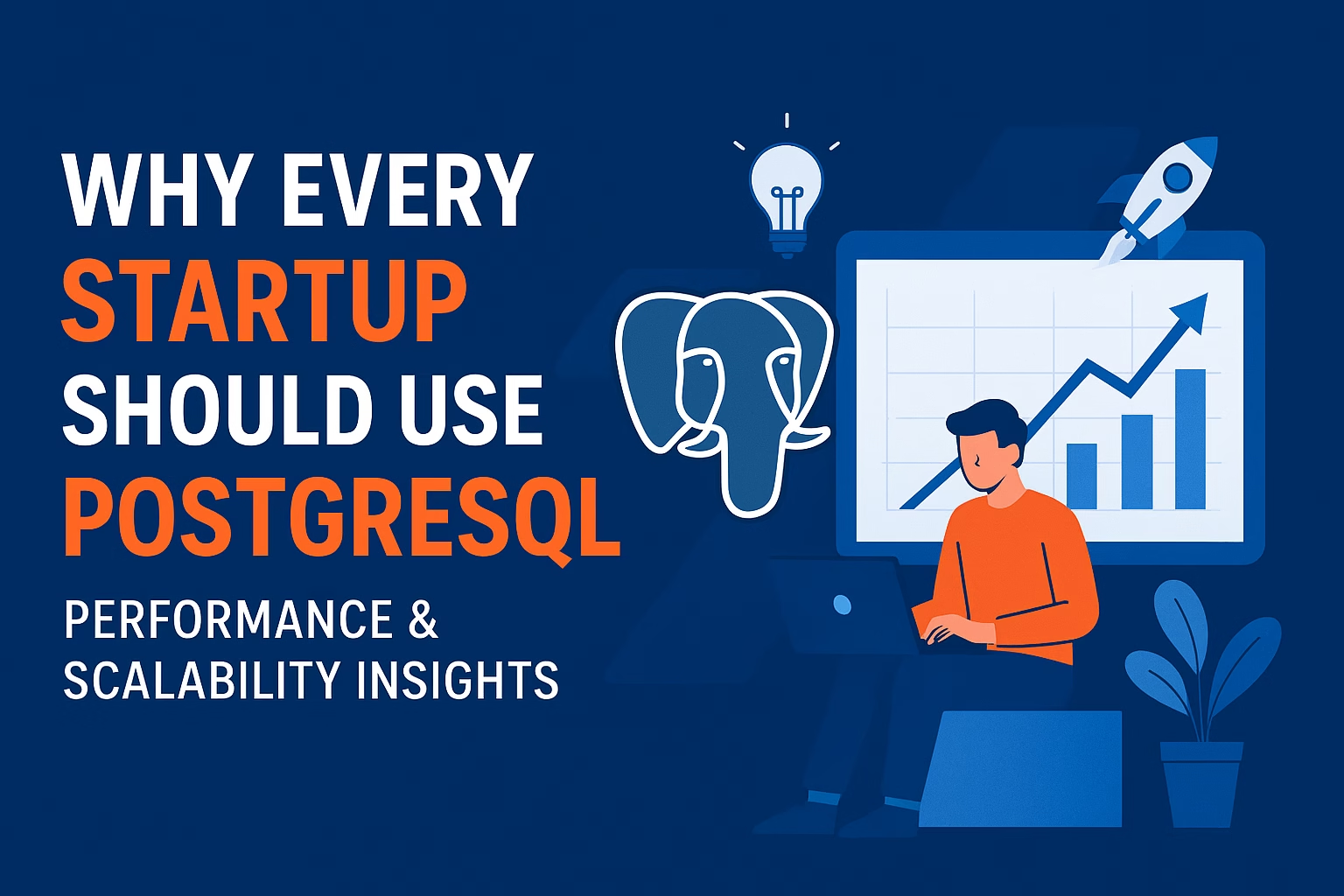
1 Comment
Great article! Handling cloud servers can seem overwhelming, but Cloudways takes the complexity out of the process while delivering strong performance. Their focus on easy server management and seamless scalability is impressive—definitely a top choice for anyone seeking stress-free hosting. Looking forward to more valuable content!